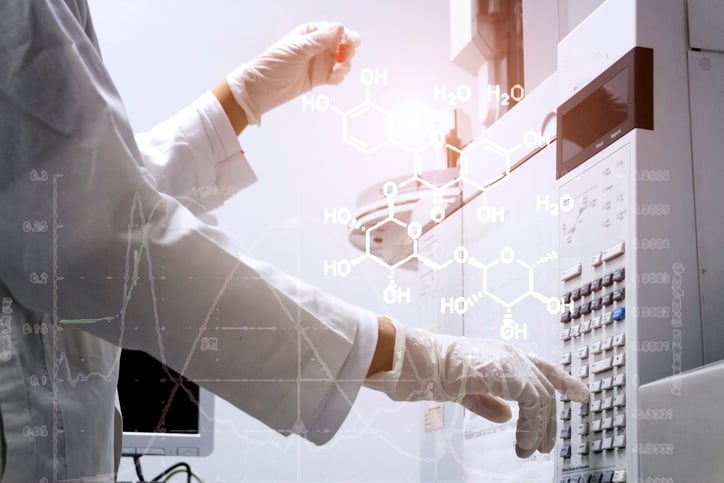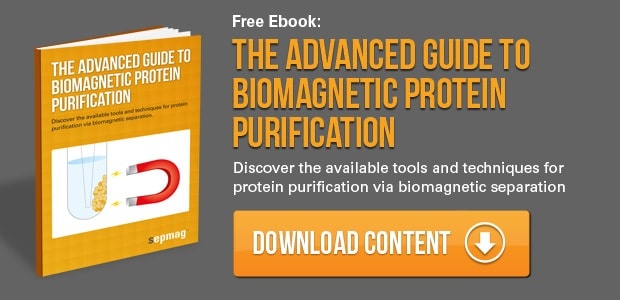The earliest chemists were on the hunt for new elements to add to the periodic table. Most of the chemistry that they were interested in doing was purification with the end goal of reaching a pure elemental substance. These chemists relied on a litany of methods—filtration, evaporation, distillation, and crystallization were some of the most used purification techniques for these discoveries. As the chemists were defining the elements, the biologists were trying to understand the human body, the cell, cellular organelles, and microbes. The point here is that in order to develop anything new we must first understand what everything is made of at the most basic and pure level. In modern science this means that we are trying to define matter beyond subatomic particles and we are attempting to map out every molecular pathway of disease. Our efforts to define complex systems by their purest constituents are rewarded by deep understanding and an ability to mimic, to engineer, develop, and create.
Chemical Purification Techniques
Fractional distillation is one of the simplest purification techniques whereby solutions can be separated into their pure components based on boiling point. Recrystallization is also used to obtain a pure solid through the application of a solvent. One crucial technique in a modern chemical laboratory is high performance liquid chromatography (HPLC). The heterogeneous sample is passed through a packed resin column at high pressure. As the sample moves through the column each compound interacts differently with the resin. Some compounds will have a higher affinity for the species on the column, will adsorb to it, and will take longer to pass through the column. The compound that has the least affinity for the column will rapidly move through with the mobile liquid phase and be eluted into the first fraction. The compound with the highest affinity will move very slowly and will be eluted as the last fraction. The compounds in between will be eluted according to their affinity to the column. This results in the purification of a heterogeneous sample into many homogeneous samples. This HPLC purification technique is commonly used in pharmaceutical research and the development of new drug compounds.
Protein Purification Techniques
Proteins can be purified from heterogeneous mixtures via filtration, centrifugation, electrophoresis, and chromatography. Filtration is best used to separate small proteins from large cell fragments in the case of a lysed cell sample. This crude method is typically a first step in the purification process. Centrifugation also works well. Gradient centrifugation is an effective way to separate based on size and density, and it relies on a resin to help separate components based on size as they migrate through the centrifuge tube under increased force. The same process can be completed using differential centrifugation, but would require multiple spin and wash steps with increasing force at each step. Proteins are purified by electrophoresis by traveling through an agarose gel under applied current. The proteins form distinct bands according to size and charge as they move through the gel. This is a good purification technique for defining which proteins are present in a sample, but is a poor choice for isolation of proteins for further use. When obtaining an enriched protein sample is the goal, the best method is chromatography. Size-exclusion chromatography is used to separate proteins by size. This method elutes proteins through a porous resin. The smaller proteins get caught up in the pores of the resin while the larger proteins take a faster path by avoiding the pores. Therefore, proteins are separated into different fractions based on the time it takes to pass through the column. One of the most specific methods of protein purification is affinity chromatography. This method capitalizes upon the unique properties of the protein of interest. If it is an IgG antibody it can be captured with a Protein A or G affinity column or by its corresponding antigen immobilized on a superparamagnetic nanoparticle.
Magnetic Purification Techniques
The process of separating cells utilizes antibody-antigen binding specificity to purify cells or proteins from a heterogeneous mixture is a powerful technique. Monoclonal antibodies are conjugated to magnetic beads and subsequently mixed with a heterogeneous solution of cells. The monoclonal antibodies that are introduced into the mixture will specifically bind the membrane surface proteins of your target cells. When a magnetic force is applied, those pre-bound target cells are pulled away from the mixture of cells. Such a process can be used for positive and negative selection.
Classical magnetic separators (and single magnets) apply a magnetic force that quickly varies with the distance. Even if it seems to work at small volumes, the force is weak at the farthest distance from the magnet and the force can be excessive at the retention area, oftenly breaking the captured cells.
However, the new biomagnetic separation systems, as Sepmag, apply a constant magnetic force over all the volume. That allows it to efficiently capture all the magnetic beads -labeled cells and, simultaneously, to increase its viability after the separation. Having a fixed value of the magnetic force permits specifying the correct strength for each magnetic bead or particle suspension. We can test different high magnetic values for nanoparticles and/or viscous media, or gentle forces for large magnetic beads in water-based buffers. To learn more about Sepmag separation systems, click here.
Related news





